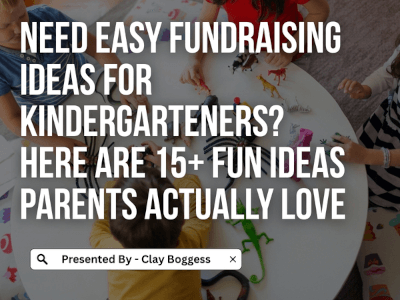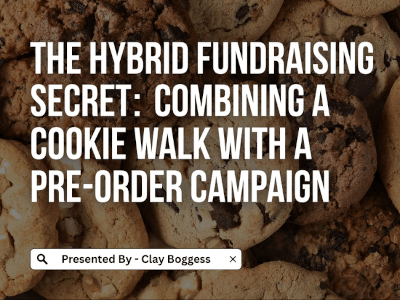
The ins and outs of making a magic show video.
When attempting to create something that's never been done, you must be willing to step out and take risks. A lot of work went into creating our Big Event Magic Show incentive video, but it was well worth it. Our goal was to give students who would be watching the video at a kickoff the feeling that they were actually experiencing the illusions firsthand at the show.
Most importantly, the video had to motivate students to want to sell so they could qualify to go to a live event. And when we got students to say, "How did he do that?" we knew we achieved our objective. There's a lot of energy and excitement at a live school show, and our goal was to capture as much of it as possible on video. Here's what was involved:
The Need for a Magic Show Storyline
Luckily, the magician we used to create our video already had a storyline. He had several different shows to choose from. The program we built our magic show video around was called the Yes I Can Magic Program. This specific show has a goal-setting theme that teaches students the importance of believing in themselves, committing to worthwhile goals, and finding ways to achieve them. The magician teaches the students about goal setting by integrating magical illusions into his storyline and then uses audience participation to make the show interactive.
The Magic Show Required an Audience
Whenever you shoot a video, you must recruit people willing to be in the video. We could make this process easier by working with a local elementary school. We used their students for the audience in exchange for a free show. However, we still had to get parents to sign release forms that allowed their students to be on camera. Any student who didn't return the release form couldn't be in the video. Since we needed as large an audience as possible, getting these forms back was imperative. Fortunately, we had an overwhelming response from parents who wanted their children to be in the video and experience the show. Once the equipment was set up, the school treated it like a typical educational assembly.
How We Captured the Magic
The problem with a live program is that 'the show must go on'. Even though multiple cameras were capturing the action from different angles, this could not do full justice to the illusions. Therefore, after the live show, we re-shot the illusions so people viewing the video could experience as much of the effects of the illusions as possible.
Ultimately, we understood that regardless of what we felt about it, the video would have to do what we had designed it to do; the ultimate test would be how it performed at a live magic show kickoff. Would it motivate students to sell items from their brochure so they would then get to experience a live show? Hopefully, we've done just that.
Learn more about our magic show.
Author Bio
Clay Boggess has been designing fundraising programs for schools and various nonprofit organizations throughout the US since 1999. He’s helped administrators, teachers, and outside support entities such as PTAs and PTOs raise millions of dollars. Clay is an owner and partner at Big Fundraising Ideas.



